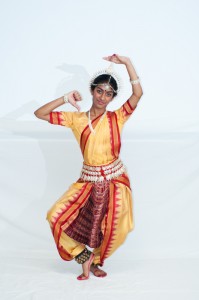 A classical Indian dance, a solo en pointe, and the choreography of guest artist Michelle Marroquin will be among the highlights of Shockwave, the fall concert of the Williston Northampton Dance Ensemble.
A classical Indian dance, a solo en pointe, and the choreography of guest artist Michelle Marroquin will be among the highlights of Shockwave, the fall concert of the Williston Northampton Dance Ensemble.
The concert will feature 12 dances, including the work of six student choreographers—Victoria Durocher, Keely Quirk, Madeline Wise, Marie Innarelli, Tory Kolbjornsen and Maddison Stemple-Piatt—and a collaborative ensemble piece by the choreography class.
View the promo video by Alex Kozikowski ’14 here.
To find out more about how one of the dancers, Pankti Dalal, was preparing for “Shockwave,” Dance Program Director Laurel Raffetto asked her about dancing, the Williston program, and her classical training.
I dance because it is both a form of therapy and freedom for me. There is no judgment in dance; the most important part is that I put in the greatest amount of effort I can muster and be satisfied that I tried. Dance is an escape for me; it lets me forget about my many worries and focus on and enjoy the beauty of the choreography.
LR: How is it significant for you?
Dance is significant for me because it lets me explore an aspect of my personality that often is hidden from others. It is a crucial part of my life, especially Classical Indian dance as it also brings me closer to my heritage. What’s so very intriguing about my work and training with Ranjanaa is that I not only add to my knowledge of the intricacies for the dance, but I also learn about my culture and traditions. For me, Classical Indian dance is a piece of India I can always keep with me. Every day, I learn something new; I’m adding to my knowledge. That’s what I love so much about this art form.
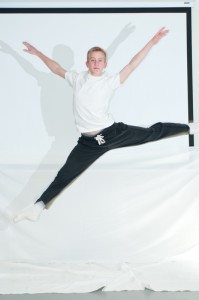 LR: What does dance (performance and training) teach you that you can apply to life?
LR: What does dance (performance and training) teach you that you can apply to life?
The genre of dance I do with Ranjanaa Devi, like almost every genre of dance, is very technical. It not only improves alignment and sense of balance and grace, but it also improved my memory.
A choreographer’s goal is to present and teach the choreography to the dancers. As a dancer, it is expected that I remember the choreography vividly. Classical Indian dance is very intricate. The hand gestures, called mudras, have different meanings to them. My training has made me conscious of my body and the way is moves and interacts with space.
LR: What do you want the Williston community to know about Indian classical dance and/or Williston dance?
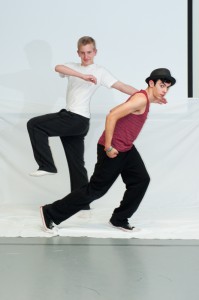 I want the Williston community to know how traditional and intricate Indian classical dance is. Everything about it, whether prepping for a show, rehearsing, stretching, is ritualistic and meaningful; it is a beautiful art form that shares so many stories.
I want the Williston community to know how traditional and intricate Indian classical dance is. Everything about it, whether prepping for a show, rehearsing, stretching, is ritualistic and meaningful; it is a beautiful art form that shares so many stories.
It’s different than other genres of dance as it has a different interpretation of the body and how it should move; yet that does not interfere with the fact that it still involves rigorous training and hard work, like any other genre of dance.
Williston Dance is an incredible opportunity to express yourself as it incorporates so many different types of dances. Our dancers come from so many colorful and different backgrounds and skill levels, yet we all share one thing: the yearning to express ourselves through our movement.
“Shockwave” opens Friday, November 9, and Saturday, November 10, at 7:30 p.m. in the Williston Theater. Tickets are first-come, first-serve and are free for Williston students, faculty, staff, and children under 12. General admission is $5.


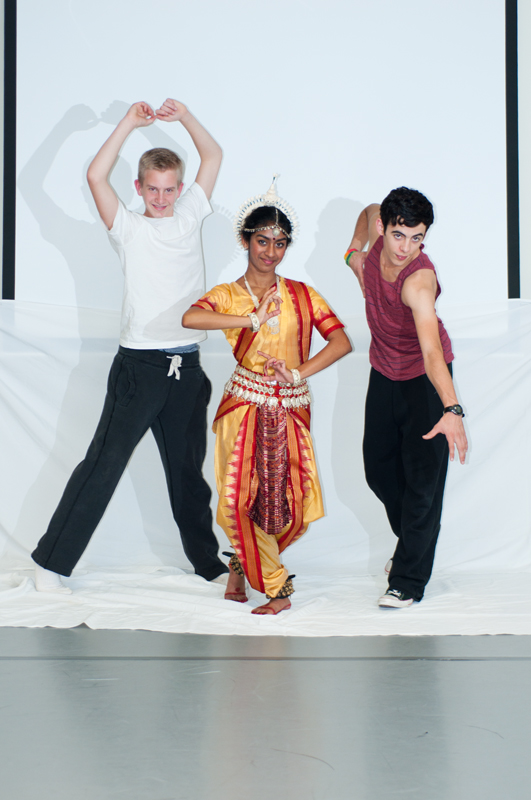
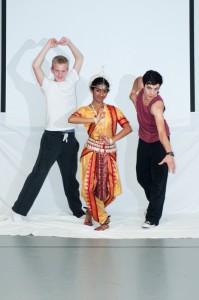
Congratulations Williston Dance! This is sure to be a powerful experience for both performers and audience. Lucky Williston community!
Thank you Dawn! We are looking forward to a fantastic fall performance. The dancers and choreographers are making the most of every moment so that we’re ready!